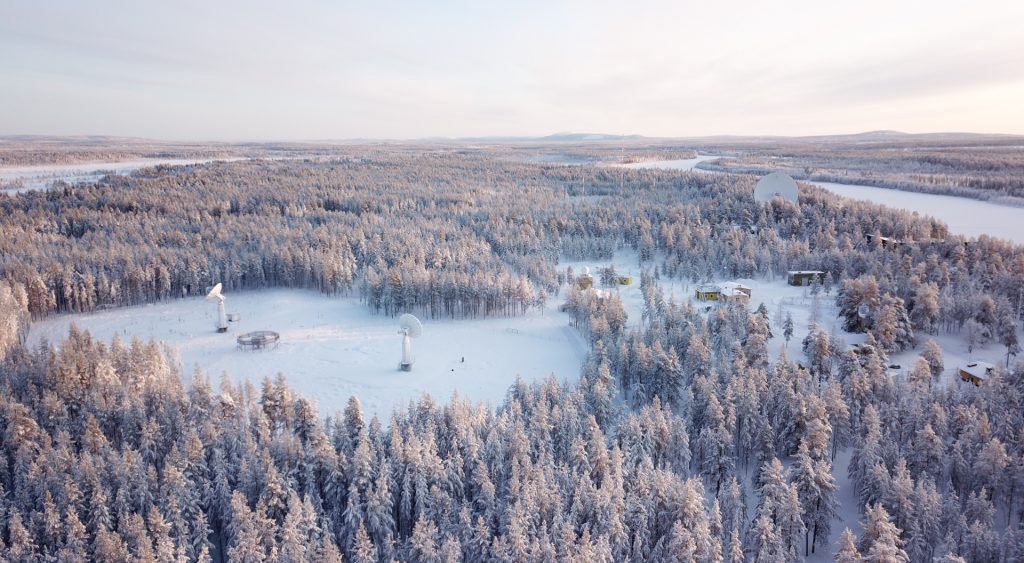
Finnish Meteorological Institute’s Arctic Space Centre (FMI-ARC) in Sodankylä, Finland, is a globally unique research infrastructure providing in situ and ground-based observations on the interaction between the Earth’s surface, biosphere and the atmosphere. These observations are accompanied by reference instruments of various currently operational or planned Earth Observation (EO) satellite sensors of the European Space Agency (ESA), NASA, European Organization for exploitation of Meteorological Satellites (EUMETSAT), Canada, Italy, Japan and China.
An exceptional feature in Sodankylä infrastructure is the integrated monitoring of boreal/sub-arctic environmental and climate processes from below the surface to upper limits of atmosphere and to space weather phenomena. FMI Arctic Space Centre serves as a primary station of numerous international research infrastructure networks, such as WMO Global Atmosphere Watch (GAW), WMO Global Cryosphere Watch (GCW), NASA/JPL/CalTech led TCCON (Total Carbon Column Observing Network), European Integrated Carbon Observation System (ICOS) and GCOS Reference Upper-Air Network (GRUAN). FMI Sodankylä facility is also a partner of the EU-funded International Network for Terrestrial Research and Monitoring in the Arctic (INTERACT) and of the University of the Arctic. Further, in 2018 FMI and the University of Oulu established the Sodankylä Space Campus to utilize the infrastructure of the two institutes in Sodankylä for multidisciplinary research and educational purposes.
During the recent years the Sodankylä super site has experienced large expansion from 160 individual instruments/data sets in 2010 to over 500 in 2022. The data from Sodankylä measurement programs are used widely by different international research communities representing e.g. biology/ecosystem analysis/modelling, hydrology, greenhouse gas exchange research, meteorology including development of numerical weather prediction, climate change research, development of weather related applications in intelligent traffic, atmospheric processes research (troposphere, stratosphere, mesosphere and ionosphere) and space weather research. The infrastructure is a critical gap filler concerning the investigation of Earth system at the high latitudes, in particular in providing reference data for satellite observations. Measurement data are freely available from the LITDB measurement database.
Homogenized daily weather observations from Sodankylä are available since 1908.
